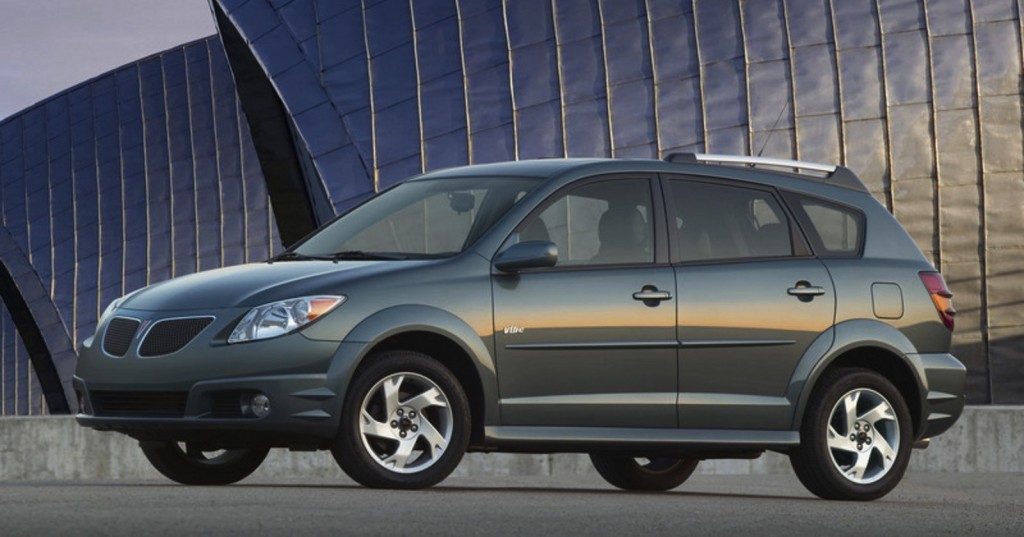How to Troubleshoot and Fix White Smoke From Exhaust
Exhaust with thick white smoke indicates that coolant or water has mistakenly entered the combustion chamber, which should never happen. When coolant or water is burned inside the engine block, dense white smoke is produced, which leaves out the tailpipe.
The discharge of white smoke from the exhaust in intense bursts is a common occurrence. Never allow it to continue. The most common reasons for this occurrence are cracks in the cylinder head, head gasket, or engine blocks. Even if it’s a minor crack, if you don’t replace the broken component, the damage will gradually worsen. It may result in increased engine oil contamination or overheating, both of which can result in irreparable engine damage.

The most common causes of white smoke from your exhaust
The most typical cause of thick white smoke from the exhaust is a failure that needs prompt repairs or replacement. If you continue to drive in this condition, you risk further catastrophic and costly engine damage.
When you see white smoke coming from your car, it signifies the fuel isn’t burning properly. This is because there isn’t enough heat in the combustion chamber. Unburned fuel does not only produces white smoke but also contains chemicals that will irritate your eyes.
Also see: https://importdeals.ng/blog/2021/06/11/the-new-nissan-z/
White smoke from the exhaust is usually caused by:
1. Low cylinder compression.
2. Low fuel pressure at the pump.
3. Damaged fuel lines.
4. Incorrect or broken fuel pump timing.
5. Broken injection timing.
6. Cracked or damaged rings or cylinder liners.
7. Broken crankshaft keyway, if you own a diesel-powered vehicle.
THE FIX
If you want more confirmation that coolant is getting into your engine block, start by checking the coolant level. If the level is low and no coolant is leaking from the coolant reservoir tank, the leak is most likely caused by a crack in the head gasket, cylinder head, or engine block.
The hood must first be opened. However, remember to wait until the engine is completely cold before removing the radiator or reservoir lid. If the engine is hot, let it cool for at least an hour, or longer if possible, before checking the coolant.
Then, while your car is stopped in a flat place, open the coolant reservoir and check the coolant level in the coolant chamber. Look for “Low” and “Full” or equivalent wording on the side of the plastic overflow container, then grab a funnel and fill the reservoir until the level reaches “Full.”
If the coolant level is acceptable, check the other engine components for any cracks or damage that could cause the coolant to mix with the engine oil or gasoline. It’s also good to check the cooling system pressure to see which component is triggering the leak. There’s a leak if the system can’t hold pressure for more than two minutes. If there are no exterior leaks, the most likely cause is a crack in the head gasket, cylinder head, or engine block, and such must be changed with immediate effect.

